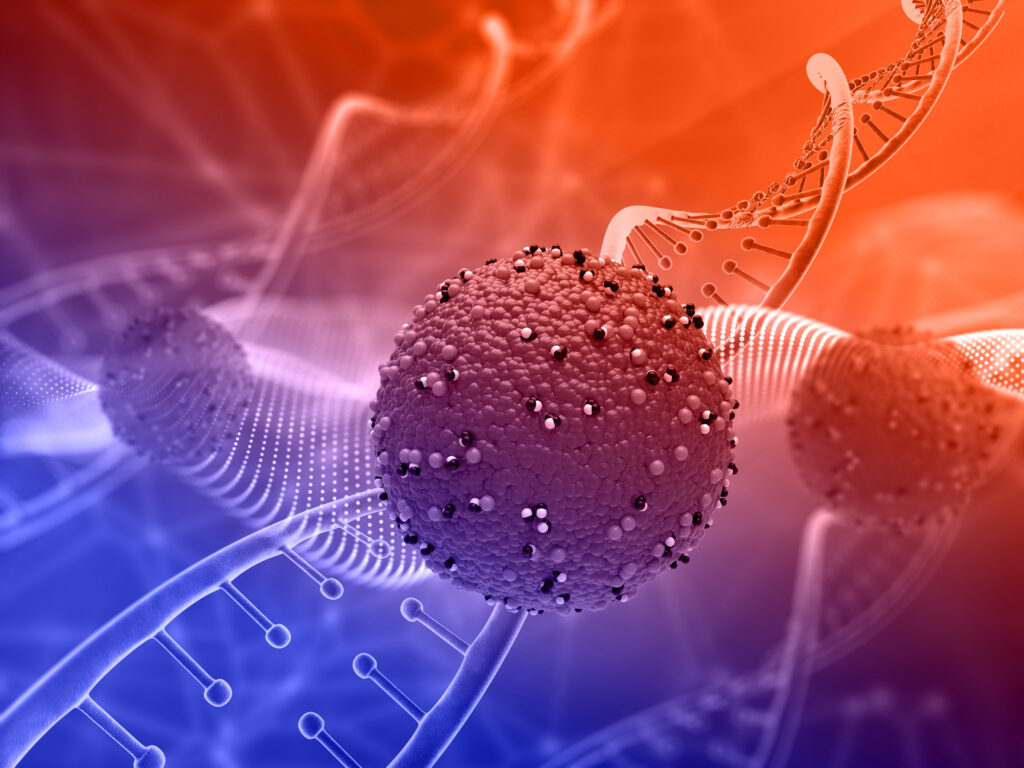Introduction: In the ever-evolving landscape of medical research and treatments, scientists are delving into the microscopic world of nanotechnology to unlock ground-breaking possibilities. Nanotechnology, the manipulation of matter on an atomic and molecular scale, has emerged as a powerful force in the realm of medicine. This blog post aims to shed light on the importance of nanotechnology in medical research and its transformative impact on treatments, paving the way for a new era in healthcare.
1: Precision Medicine and Targeted Therapies
Nanotechnology’s most notable contribution to medicine lies in its ability to deliver treatments with unparalleled precision. Traditional medications often have systemic effects, affecting both healthy and diseased tissues. On the other hand, engineers can design nanoparticles to specifically target diseased cells or tissues, minimizing collateral damage to surrounding healthy cells. This targeted approach is revolutionizing the concept of precision medicine, allowing for more effective and less invasive treatments.
2: The Drug Delivery Revolution
The conventional delivery of drugs faces challenges such as low bioavailability and rapid clearance from the body. Nanotechnology provides a solution by serving as a sophisticated drug delivery system. Drugs can be encapsulated in nanoparticles to prevent degradation and guarantee regulated release at the intended location. This not only improves the efficacy of medications but also reduces side effects, enhancing patient outcomes and comfort during treatment.
3: Imaging at the Nanoscale
Accurate and early diagnosis is a cornerstone of successful medical intervention. Nanotechnology has propelled medical imaging to new heights by enabling imaging at the nanoscale. Designing nanoparticles to carry imaging agents allows for visualizing biological structures and processes at an unprecedented level of detail. This capability aids in the early detection of diseases, paving the way for timely and more effective treatments.

4: Theranostics: Merging Therapy and Diagnostics
The integration of therapy and diagnostics, known as theranostics, is a promising frontier in medicine, and nanotechnology plays a pivotal role in its realization. Engineers can design nanoparticles to simultaneously carry therapeutic agents and imaging probes. This dual functionality not only streamlines treatment but also allows healthcare professionals to monitor the therapeutic response in real-time, tailoring interventions for optimal outcomes.
5: Crossing the Blood-Brain Barrier
The blood-brain barrier, a protective barrier that regulates the passage of substances from the bloodstream into the brain, poses a significant challenge in treating neurological disorders. Nanotechnology offers a solution by providing a means to bypass or traverse this barrier. Designing nanoparticles to carry therapeutic agents across the blood-brain barrier opens new avenues for treating conditions like brain tumors, neurodegenerative diseases, and other neurological disorders.
6: Personalized Cancer Therapies
Cancer treatment has entered a new era with the advent of nanotechnology. By tailoring nanoparticles to the unique characteristics of a patient’s cancer cells, personalized and targeted therapies can be achieved. This level of customization enhances treatment efficacy while minimizing the impact on healthy tissues. Nanotechnology-driven advancements in cancer treatment hold the promise of increased survival rates and improved quality of life for cancer patients.
7: Regenerative Medicine and Tissue Engineering
Nanotechnology is at the forefront of regenerative medicine and tissue engineering, offering innovative solutions for repairing and replacing damaged tissues. Nanomaterials can mimic the structural and functional properties of natural tissues, facilitating the regeneration of organs and tissues. This opens up new possibilities for the treatment of conditions ranging from cardiovascular diseases to traumatic injuries, ushering in a new era of regenerative healthcare.

8: Addressing Antibiotic Resistance
The global challenge of antibiotic resistance has spurred the search for alternative treatment approaches. Nanotechnology presents a promising avenue by providing a platform for the development of nanomaterial-based antimicrobial agents. These nano-antibiotics can overcome the limitations of traditional antibiotics, offering a potential solution to combat resistant strains of bacteria and prevent the spread of infectious diseases.
9: Remote Monitoring and Nano sensors
Furthermore, nanotechnology extends into the realm of patient care and monitoring, not just treatment and diagnosis. Deploying nano sensors within the body allows for real-time monitoring of various physiological parameters. This capability enables remote monitoring of patients, facilitating early intervention and personalized healthcare approaches. From tracking glucose levels to monitoring vital signs, nanotechnology-driven sensors are paving the way for a new era of proactive and patient-centered care.
Conclusion:
In the pursuit of innovative solutions for intricate medical issues, nanotechnology emerges as a beacon of hope. Its capacity to manipulate matter at the nanoscale is reshaping the realm of medical research and therapies, providing unparalleled precision, targeted treatments, and innovative diagnostic methods. As researchers delve deeper into the possibilities of nanotechnology, the future holds the promise of more efficient, personalized, and patient-focused healthcare. The minute marvels of nanotechnology are undeniably leaving a significant imprint on the medical domain, moulding the future of healthcare in ways we are only starting to grasp. With the potential to transform drug delivery, imaging technologies, and disease identification, nanotechnology possesses the capability to tackle some of the most critical healthcare challenges of our era. By leveraging the distinct properties of nanoparticles, researchers are paving the way for ground-breaking advancements in the field of medicine that have the potential to improve patient outcomes and quality of life.##


